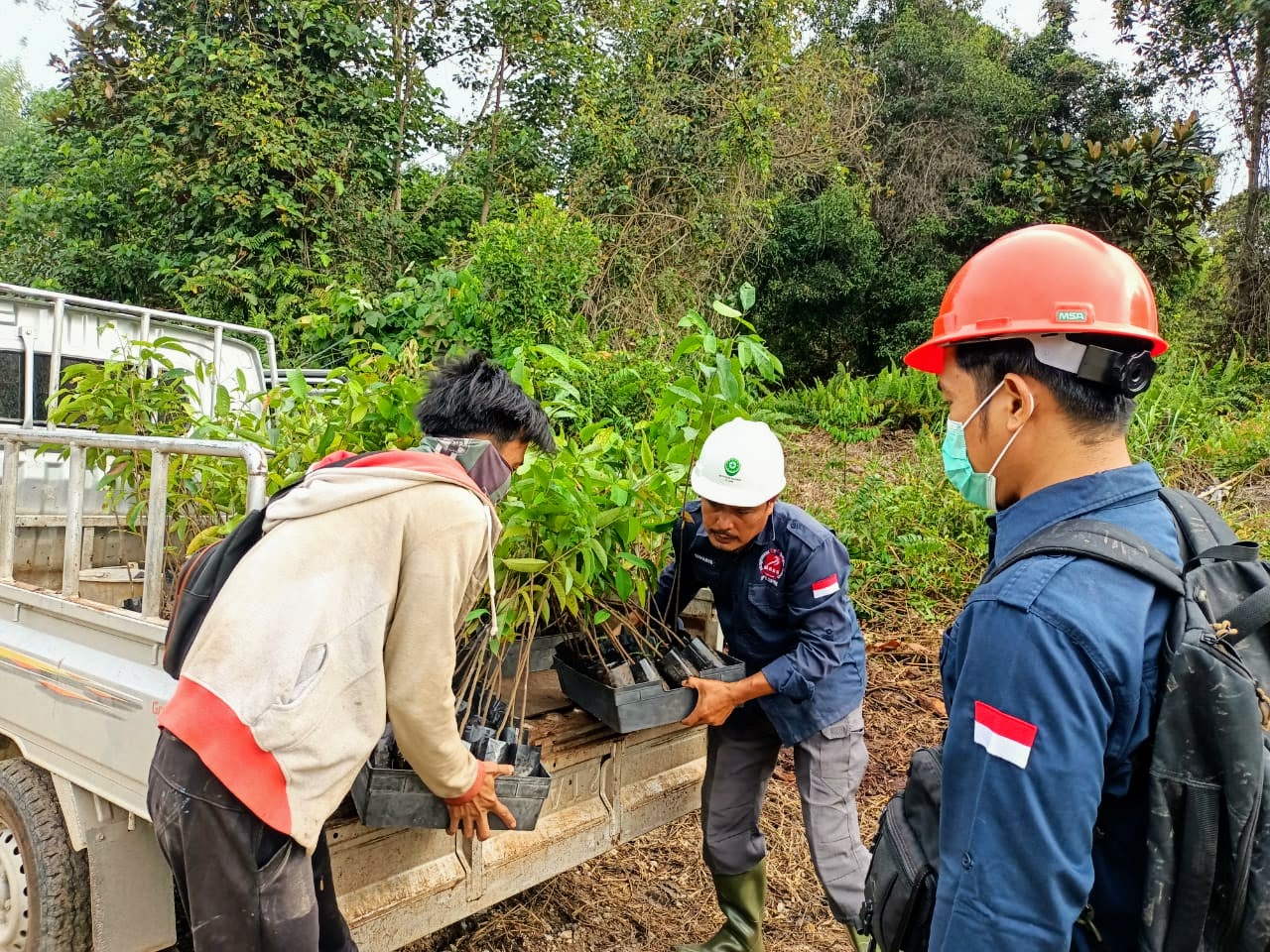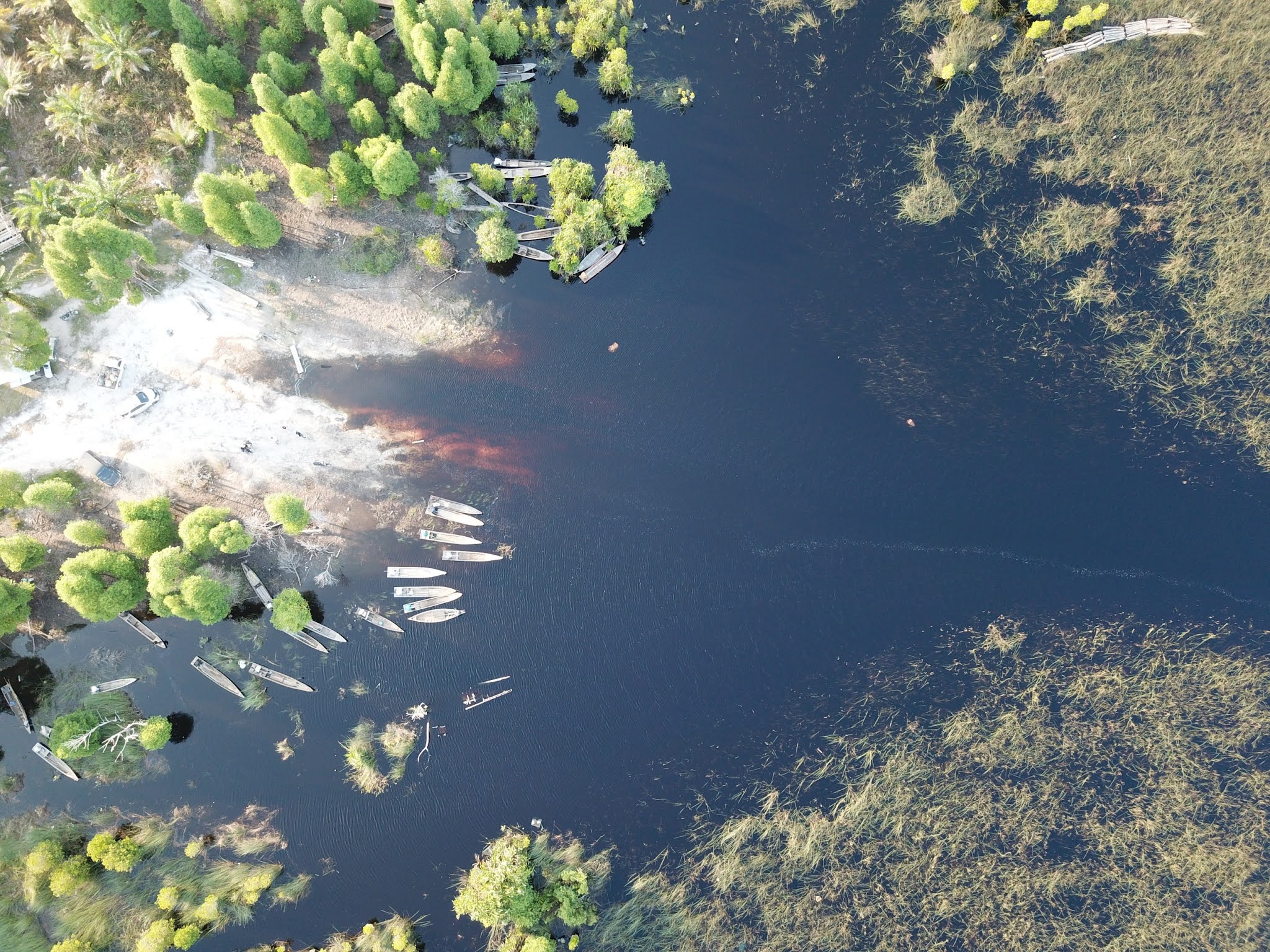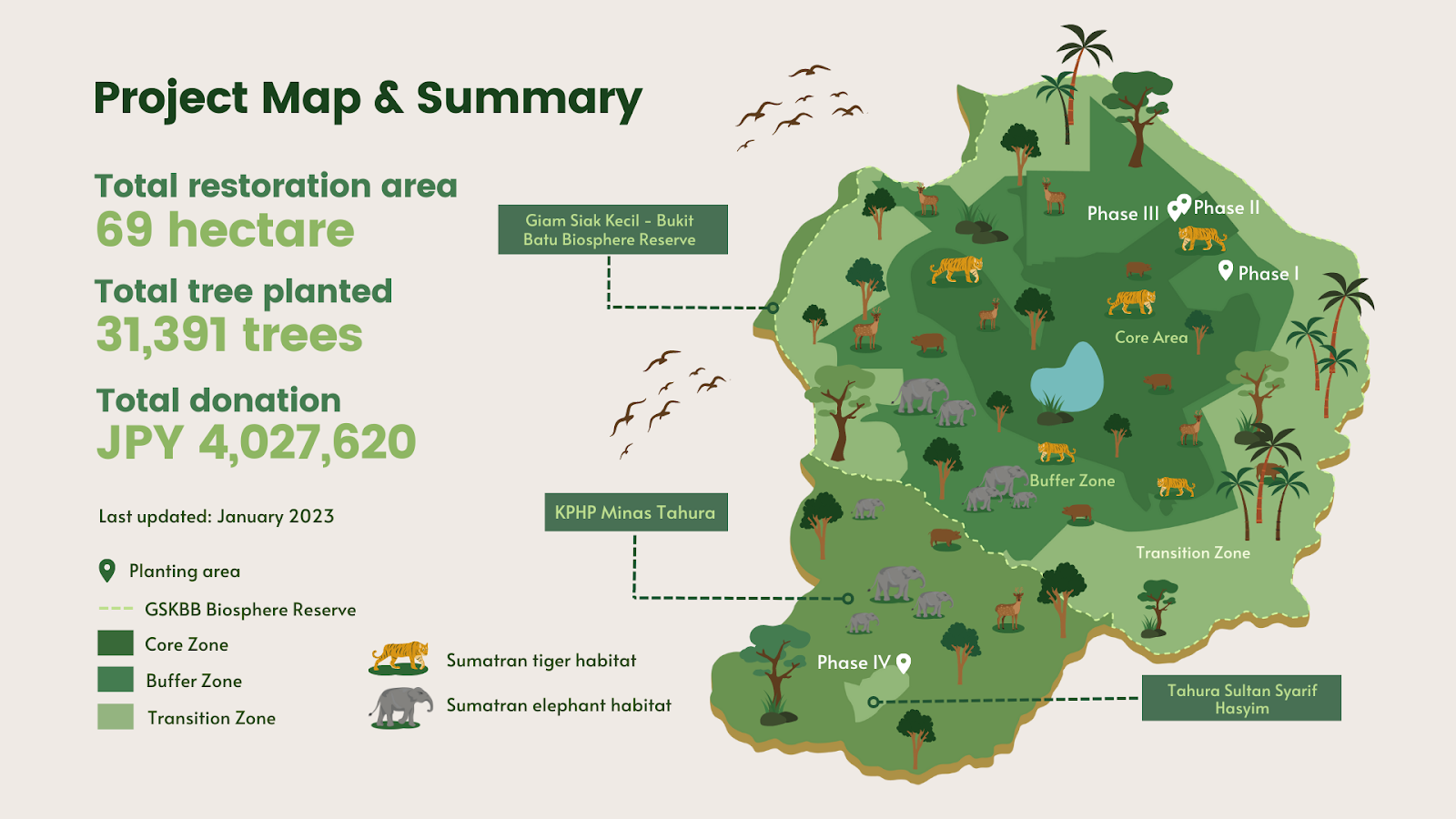
Natural succession efforts in forest areas can be done by certain methods, one of which is restoration. Forest restoration is an effort to restore areas that have been degraded to grow back into a healthy and functional forest condition.
We can restore degraded forest through introducing plant species that originally grew in the area. This method can bring back species composition close to its original condition. This method can be referred to as accelerated natural succession or Elliot et al (2005) called it as accelerated natural restoration on forest restoration activities in Chiang Mai, Thailand.
Accelerated natural regeneration adheres to a concept that forest areas have certain mechanisms to recover themselves. However, this process goes slowly. The process may run faster only if there is no disturbance to the area. In addition, this process is also influenced by animal presence, such as seed dispersers, which will help disperse seeds and change vegetation composition.
This natural succession process inspires Belantara in restoring degraded forest in Giam Siak Kecil Bukit Batu, through the Forest Restoration Project: SDGs Together.
The natural succession process in degraded forest can be very slow. Therefore, we plan to accelerate natural regeneration to speed up the forest area's recovery process, through following activities:
- Ensure restoration areas are relatively saved from human and natural disturbances.
- Ensure restoration areas still have live adult trees, to help regenerate the forest,
- Conduct native tree planting
- Ensure we only choose baby trees that come from seeds/seedlings from the inside or nearest forest
- Conduct monitoring and intensive maintenance from choosing baby trees, tree planting, and other maintenance activities
Writer: Hamda Khairuzani
Editor: Diny Hartiningtias











